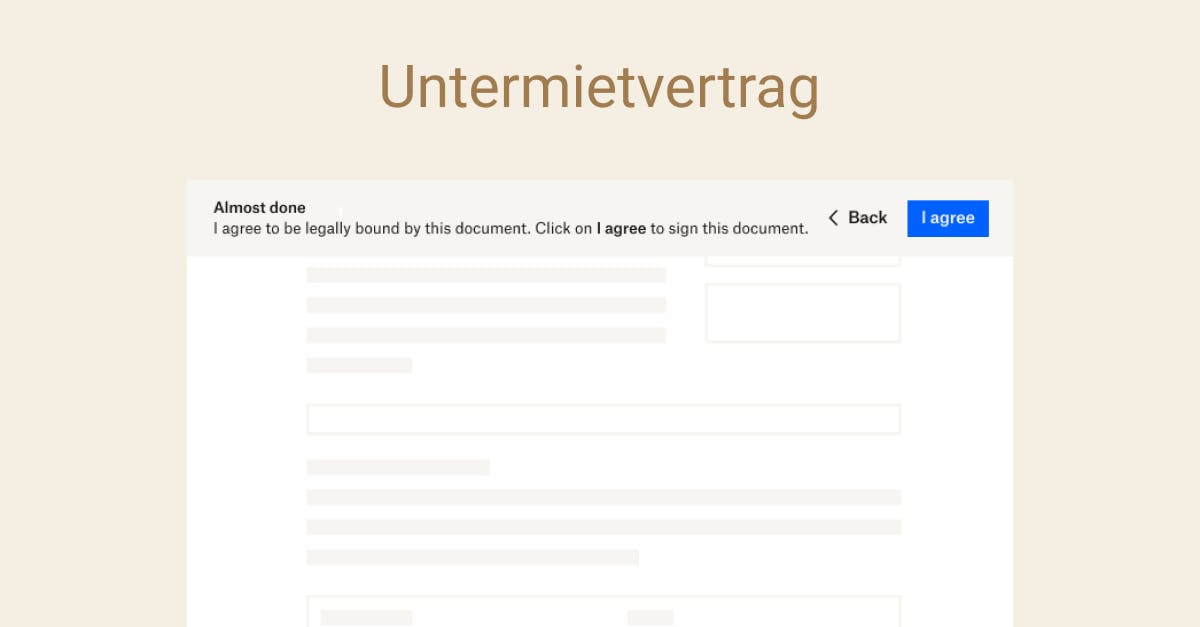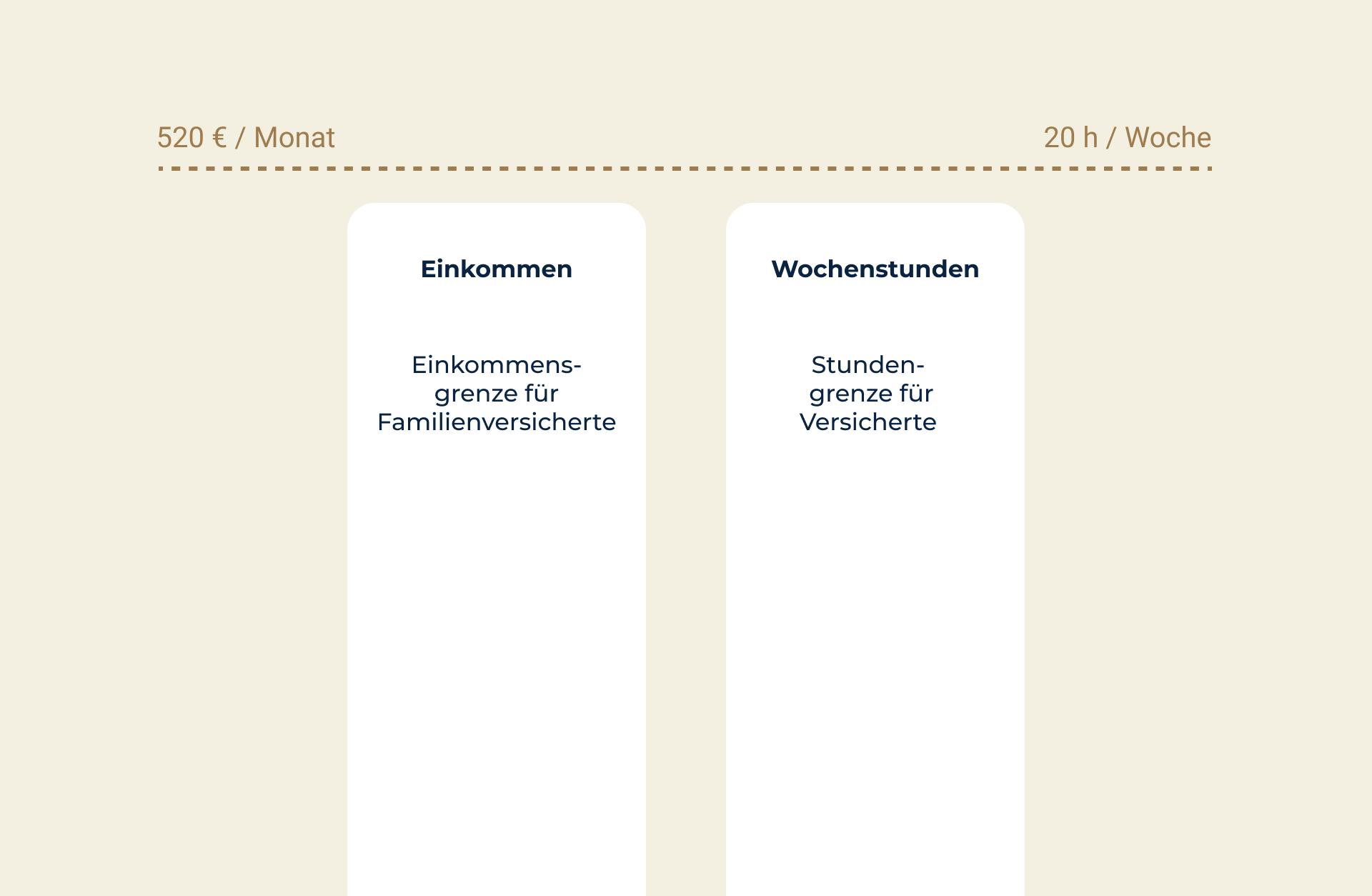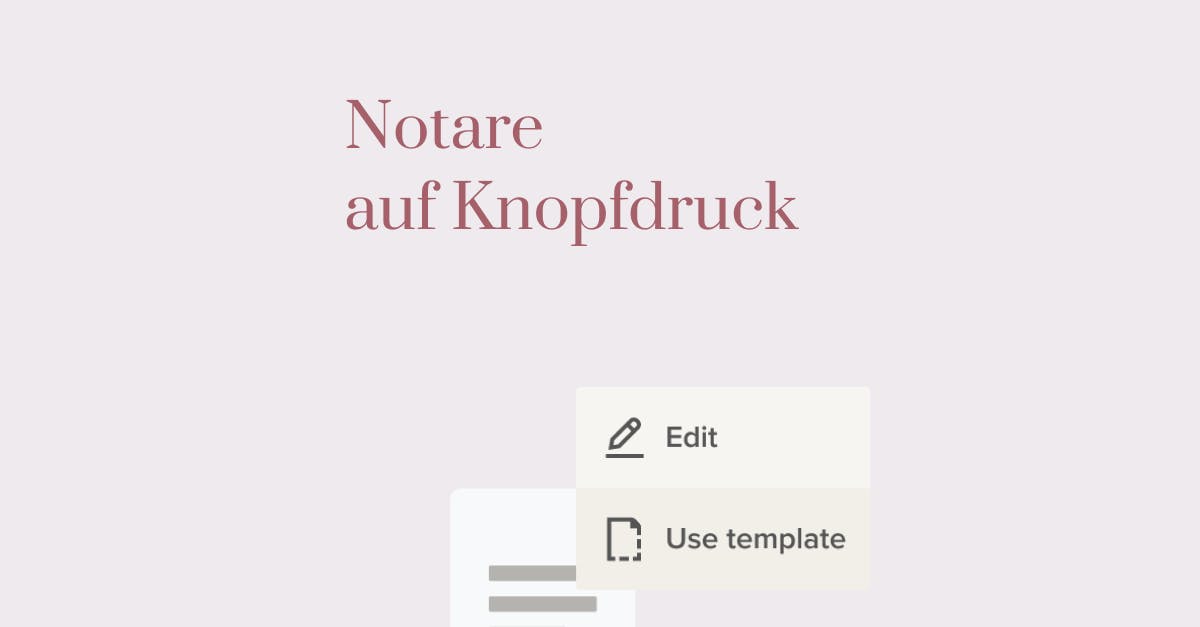I. Introduction
Definition of the Term "Sublease Agreement"
A sublease agreement is a legal contract between a subtenant and a main tenant that governs the terms for subletting an apartment or room. The subtenant receives the right from the main tenant to use the apartment or room for a specified period and pays rent for it.
The sublease agreement typically includes details about the duration of the sublease, the rent amount, and the contact information of all parties involved. It also outlines the rights and obligations of both the subtenant and the main tenant, helping to avoid potential issues and ensure rent payment.
Why a Sublease Agreement is Important
A sublease agreement is crucial as it provides legal security and protection for both the subtenant and the main tenant. Here are some reasons why a sublease agreement is important:
- Clarification of Rights and Obligations: The sublease agreement clearly defines the rights and responsibilities of both the subtenant and the main tenant, helping to avoid misunderstandings or conflicts.
- Protection Against Issues with the Main Tenant: The sublease agreement regulates the relationship between the subtenant and the main tenant, ensuring both parties fulfill their obligations.
- Ensuring Rent Payment: The sublease agreement typically specifies the rent amount and payment terms, ensuring that rent is paid on time and in the agreed amount.
- Protection Against Unexpected Terminations: Without a sublease agreement, the main tenant can terminate the sublease at any time without reason. A sublease agreement protects the subtenant from unexpected terminations, providing some level of security.
- Legal Protection: A sublease agreement serves as proof of the subleasing arrangement and provides legal protection in case of disputes.
Essential Paragraphs for a Sublease Agreement
In Germany, several laws and paragraphs must be considered when drafting a sublease agreement. Here are some key points:
§ 535 BGB: This paragraph regulates the subletting of residential space and states that the main tenant cannot sublet without the landlord's consent.
§ 556 BGB: This paragraph outlines the subtenant's obligations to the main tenant, including returning the apartment or room in proper condition.
§ 557 BGB: This paragraph outlines the subtenant's obligation to pay rent to the landlord.
§ 558 BGB: This paragraph outlines the landlord's obligations to the subtenant, such as handing over the apartment or room in proper condition.
§ 559 BGB: This paragraph outlines the landlord's obligations to the main tenant, ensuring rent payments to the main tenant continue.
It's crucial to comply with all these legal provisions to ensure the sublease agreement is legally valid and fair.
II. What is a Sublease Agreement?
Legal Definition of a Sublease Agreement
The legal definition of a sublease agreement may vary depending on the jurisdiction, but generally, it is a contract between a subtenant and a main tenant that governs the terms for subletting an apartment or room. The subtenant receives the right from the main tenant to use the apartment or room for a specific period and pays rent for it.
The sublease agreement outlines the rights and obligations of both the subtenant and the main tenant, helping to avoid potential issues and ensuring rent payment. In some countries, there are specific laws and regulations concerning sublease agreements that both parties must follow. It's essential to be familiar with the applicable laws in your region before entering into a sublease agreement.

Differences between a Sublease Agreement and a Primary Lease Agreement
The key difference between a sublease agreement and a primary lease agreement lies in who the tenant and landlord are.
- A primary lease agreement is a contract between a landlord and a main tenant, which outlines the terms for renting an apartment or room. The main tenant receives the right from the landlord to use the apartment or room for a specific period and pays rent for it.
- A sublease agreement is a contract between the main tenant and a subtenant, outlining the terms for subletting an apartment or room. The subtenant receives the right from the main tenant to use the apartment or room for a specified time and pays rent to the main tenant. However, the main tenant remains responsible to the landlord and must still fulfill the obligations of the primary lease agreement.
In summary, the difference between a sublease and a primary lease is that the sublease regulates the relationship between the main tenant and the subtenant, while the primary lease governs the relationship between the landlord and the main tenant.
What Should a Sublease Agreement Include?
A sublease agreement should include certain key information to provide legal security for both parties. Below are some important components that should be included in a sublease agreement:
- Duration of the Sublease: The agreement should specify the duration of the sublease, including the start and end dates.
- Rent Amount: The sublease should detail the rent amount the subtenant must pay to the main tenant, including the payment terms.
- Contact Information of All Parties: The contract should include the contact information (name, address, phone number, and email) of the subtenant, main tenant, and the landlord.
- Rights and Obligations: The sublease should clearly define the rights and obligations of the subtenant and the main tenant, such as who is responsible for repairs and maintenance.
- Termination Terms: The sublease should include conditions for terminating the sublease, including notice periods and termination requirements.
- Signatures: Both the subtenant and the main tenant should sign the agreement to confirm its validity.
It is important to note that depending on the jurisdiction, different requirements may apply to sublease agreements. Therefore, it’s advisable to check the laws in your area and seek professional assistance if necessary.
Who Can Create a Sublease Agreement?
In general, anyone with a valid tenancy agreement can create a sublease agreement. This means that a main tenant who has rented an apartment or room from a landlord has the right to sublet the space to a subtenant.
However, it is crucial to note that some landlords may prohibit subletting or may impose specific conditions for it. Therefore, it’s essential to coordinate with the landlord before entering into a sublease agreement and ensure that subletting is allowed.
In some cases, the landlord’s approval may be required before a subtenant can be accepted. Additionally, some jurisdictions have laws stipulating that the landlord must grant permission for subletting. It’s important to understand the relevant laws and regulations in your area before creating a sublease agreement.
When is a sublease agreement useful?
A sublease agreement is useful when you do not want or cannot use an apartment or a room for a certain period and want to sublet it to someone else. A sublease agreement can be beneficial in the following situations:
- When you are temporarily traveling or working abroad: A sublease agreement allows you to rent out the apartment or room to someone while you are away.
- When you have more living space than needed: A sublease agreement allows you to rent part of your living space to someone to reduce rental costs or even make a profit.
- When you need support with rent payments: A sublease agreement allows you to find someone to share the rent, reducing the financial burden.
- When you need temporary accommodation: A sublease agreement can be useful to find temporary accommodation if, for example, you are moving between apartments or have a temporary job.
- When you have more flexibility in apartment searching: A sublease agreement can be beneficial if you find an apartment that doesn't fully meet your requirements but still represents a good option, offering more flexibility in your housing search.
However, it is important to note that there are legal regulations and provisions governing subleasing, and it is advisable to be aware of these laws and possibly seek professional help before entering into a sublease agreement.
III. Why a sublease agreement is important
Protection from potential issues with the primary tenant
There are several precautionary measures you can take to avoid potential problems with the primary tenant:
- Clear communication: It is important to communicate openly and honestly with the primary tenant about all aspects of the sublease to avoid misunderstandings or conflicts.
- Adhering to the terms of the primary lease: The subtenant should ensure that they comply with all the rules and conditions of the primary lease to avoid issues with the primary tenant.
- Adhering to payment terms: The subtenant should ensure that rent is paid on time and in the agreed-upon amount to avoid problems with the primary tenant.
- Responsibility for damages: The subtenant should ensure they are responsible for any damages that occur during the sublease period to avoid problems with the primary tenant.
- Landlord's approval: The subtenant should ensure the landlord approves the sublease before signing the sublease agreement to avoid problems with the landlord.
- Compliance with applicable laws: The subtenant should ensure that they comply with all applicable laws and regulations regarding sublease agreements in their region to avoid issues with the primary tenant, landlord, or legal authorities.
- Compliance with termination terms: The subtenant should ensure that they adhere to the termination terms of the sublease agreement to avoid problems with the primary tenant.
- Regular inspections: The subtenant and primary tenant should conduct regular inspections to identify and resolve damages or issues early, avoiding potential problems with the primary tenant.
It is important to note that, although precautionary measures can be taken, there is always some risk of problems arising with the primary tenant. However, through careful preparation and adherence to all applicable laws and regulations, you can minimize the risk and avoid issues as much as possible.
What to consider when entering into a sublease agreement?
There are some important things to consider when entering into a sublease agreement to ensure that the sublease is legally protected and potential problems are avoided:
- Landlord's approval: It is important to ensure that the landlord approves the sublease before signing the sublease agreement.
- Clarification of rights and obligations: The sublease agreement should clearly outline the rights and obligations of both the subtenant and the primary tenant to avoid misunderstandings or conflicts.
- Rent payment: The sublease agreement should include details on the amount of rent and the payment terms to ensure that rent is paid on time and in the agreed-upon amount.
- Termination terms: The sublease agreement should include provisions on how the sublease can be terminated, including deadlines and conditions, to prevent unexpected terminations.
- Legal review: It is advisable to have a lawyer review the sublease agreement to ensure that it is legally binding and contains all necessary information.
- Record-keeping: It is important to keep all documents and records related to the sublease, such as the sublease agreement, rent receipts, and communications, to provide evidence in case of disputes.
- Compliance with applicable laws: It is important to familiarize yourself with the applicable laws regarding sublease agreements in your region and ensure that the sublease agreement complies with these laws. This may include legal rent caps or certain clauses that may be prohibited in a sublease agreement. The landlord may also need to obtain approval for the subtenant before accepting them.
- Inventory list: It is advisable to create an inventory list describing the furnishings in the room. This can help prove who is responsible for any damages or losses.
- Rental guarantee: During the process, it may also be necessary to check the tenant's liquidity and possibly request a rental guarantee.
It is important that all parties understand and agree to the terms of the sublease agreement before signing it. By carefully reading and understanding all the conditions and adhering to all applicable laws and regulations, you can ensure that the sublease is legally protected and avoid potential problems. It is also important to maintain regular contact and open communication to identify and resolve any issues early on.
Clarification of the rights and obligations of subtenant and primary tenant
Clarifying the rights and obligations of the subtenant and the primary tenant is crucial to avoid misunderstandings or conflicts. A sublease agreement should include the following points:
- Rights of the subtenant: The subtenant has the right to use the rented apartment or room during the agreed-upon period. The subtenant also has the right to privacy and quiet enjoyment.
- Obligations of the subtenant: The subtenant is obligated to keep the apartment or room clean and orderly. The subtenant is also required to pay the rent on time and in the agreed-upon amount. Additionally, the subtenant must comply with all the rules and conditions of both the primary lease and the sublease.
- Rights of the primary tenant: The primary tenant retains control over the apartment or room and has the right to terminate the sublease at any time if the subtenant violates the rules and conditions.
- Obligations of the primary tenant: The primary tenant is responsible for maintaining the apartment or room in good condition and making any necessary repairs. The primary tenant is also obligated to respect the subtenant's privacy and quiet enjoyment.
It is important that both parties understand and accept the terms of the sublease agreement before signing it. Clarifying the rights and obligations of both parties ensures that the sublease relationship runs smoothly and avoids potential problems.
Ensuring the payment of rent
There are several steps you can take to ensure that rent is paid on time and in full:
- Clear payment terms: The sublease agreement should include clear payment terms, such as the amount of rent, payment deadlines, and the method of payment.
- Issuing a payment reminder: It is helpful to create a payment reminder to clearly outline the payment terms and deadlines for the subtenant.
- Sending reminders: If rent is not paid on time, send a polite reminder to the subtenant.
- Sending warnings: If rent still has not been paid, send a formal warning outlining the consequences of non-payment.
- Taking legal action: If the rent remains unpaid, you may need to take legal action to recover the payment.
- Arranging for automatic payments: Another option is to arrange automatic payments (e.g., direct debit) with the subtenant to minimize the risk of late or missed payments.
It is important to carefully track rent payments and take appropriate steps if rent is not paid in order to avoid financial losses.
How much can sublease rent be?
The amount of sublease rent you can charge depends on various factors, such as legal regulations in your area, the condition of the apartment or room, and local rental prices. In some regions, there are legal limits on the maximum sublease rent you can charge.
It is important to familiarize yourself with the applicable laws and regulations in your area before entering into a sublease agreement. In some cases, the landlord may need to approve the sublease rent before it can be accepted.
It is also important to consider local rental prices to ensure that the sublease rent is reasonable. You can refer to other sublease listings in the area to get an idea of what is appropriate. Additionally, there are "model sublease contracts" that set a cap on sublease rent.
It is recommended to consult a qualified lawyer or tenant association to ensure that the sublease rent is appropriate and legally permissible.
IV. Sublease contract template
Example of a basic sublease contract template:
Hier ist ein Beispiel einer grundlegenden Untermietvertrag Vorlage:
- Parties: The subtenant (name, address, contact information) and the primary tenant (name, address, contact information).
- Property: The sublease of (number of rooms, type of building, address, description of condition).
- Rental period: Start and end of the sublease agreement.
- Rent: Amount of monthly rent, payment terms (e.g., payment date, method of payment).
- Utilities: Details of utilities to be covered by the subtenant.
- Rules and conditions: Compliance with the rules and conditions of the primary lease, as well as any other specific rules and conditions for the sublease (e.g., no smoking, pet policies, noise restrictions).
- Maintenance and repairs: Responsibility for maintenance and repairs of the apartment or room (e.g., who is responsible for damage repair).
- Termination: Conditions for terminating the sublease agreement (e.g., notice period, reasons for termination).
- Subletting: Permission or prohibition of further subletting the apartment or room to third parties.
- Signatures: Space for the signatures of the subtenant and the primary tenant, as well as the date of signing.
It is important that the sublease agreement is carefully read before being signed to ensure that both parties understand and accept the terms. It is also advisable to seek advice from a qualified lawyer or tenant association before signing a sublease agreement.
Sample Sublease Agreement
A very simple but legally valid sublease agreement might look like this:
SUBLEASE AGREEMENT
Between: (Name of the subtenant) and (Name of the primary tenant)
§1 Parties The parties agree that the subtenant will have the right to sublease the apartment (address) from (start date) to (end date).
§2 Use of the apartment The subtenant agrees to use the apartment solely for residential purposes and to keep it in good condition. The subtenant acknowledges that they will return the apartment in the same condition as when they moved in. The subtenant is responsible for any damages incurred during the sublease period.
§3 Commercial use and visitors The subtenant agrees not to use the apartment for commercial purposes and not to invite any individuals other than those specified in the contract into the apartment.
§4 Building rules and regulations The subtenant agrees to follow the building rules and regulations and the instructions of the primary tenant.
§5 Rent The subtenant agrees to pay the agreed-upon rent of (rent amount) per month to the primary tenant, payable by (date) each month. Rent is to be paid in advance.
§6 Termination Both parties have the right to terminate this agreement with (e.g., 30) days' written notice.
§7 Liability The subtenant is liable to the primary tenant for any damage caused through their fault. The primary tenant is not liable for theft or loss of the subtenant's property.
§8 Severability clause Should any provision of this agreement be legally ineffective or become invalid, this does not affect the validity of the remaining provisions. A valid provision shall replace the ineffective one, which comes as close as possible to the economic purpose of the invalid provision.
§9 Jurisdiction This agreement is subject to the law of (country), and any disputes arising from this agreement will be adjudicated by a court in (country).
Signatures
Subtenant: ____________________________
Primary tenant: ____________________________
Date: ____________________________
Please note that the information provided above serves as general guidance only and does not replace legal advice.
Explanation of the most important components of a sublease agreement template
A sublease agreement template typically includes several key components that are essential for a successful sublease relationship. Here are some of the most important components explained:
- Parties: This section lists the names, addresses, and contact details of the subtenant and the primary tenant.
- Property: Here, the apartment or room being subleased is described, including the number of rooms, type of building, and address.
- Rental period: This section specifies the start and end dates of the sublease.
- Rent: Describes the amount of monthly rent and the payment terms (e.g., payment date, method of payment).
- Utilities: Lists the utilities that the subtenant is responsible for paying.
- Rules and conditions: Describes the rules and conditions of the primary lease and any other specific rules that apply to the sublease.
- Maintenance and repairs: Specifies who is responsible for the maintenance and repairs of the apartment or room.
- Termination: Describes the conditions for terminating the sublease, including notice periods and reasons for termination.
- Subleasing: States whether the apartment or room can be subleased to third parties.
- Signatures: Provides spaces for the signatures of the subtenant and primary tenant, as well as the date of signing.
9 Tips for customizing the template to individual needs
There are several tips to keep in mind when customizing a sublease agreement template to suit individual needs:
- Consider applicable laws and regulations: Make sure you are informed about the relevant laws in your region to ensure that the sublease agreement is legally valid.
- Clarify specific requirements: Discuss specific needs with the subtenant and adjust the contract accordingly.
- Consider local rental prices: Compare the sublease rent with other listings in the area to ensure it is reasonable.
- Clarify responsibility for repairs and maintenance: Clearly outline who is responsible for repairs and maintenance to avoid misunderstandings.
- Consider termination conditions: Clearly define the conditions under which the sublease can be terminated to provide clarity for both the subtenant and primary tenant.
- Set clear rules and conditions: Establish clear rules and conditions that apply to both the subtenant and primary tenant to avoid misunderstandings.
- Provide options for automatic payments: Consider setting up automatic payments to minimize the risk of late or missed payments.
- Consider subleasing: Clearly state whether the apartment or room can be subleased to others or not.
- Consult experts: Seek advice from a qualified lawyer or tenant association to ensure that the sublease agreement is legally sound and fair.
V. Conclusion
Summary of the key points
A sublease agreement is a contract between the primary tenant and a person subleasing the apartment or room from the primary tenant. A sublease agreement typically includes information about the parties, the apartment or room, the rental period, rent, utilities, rules and conditions, maintenance and repairs, termination, subleasing, and signatures. It is important that the sublease agreement is customized to individual needs and complies with applicable laws and regulations to ensure a successful and smooth sublease relationship.
You can find more information on tenancy law in general at anwalt.org.
Recommendations for further steps
When creating a sublease agreement, there are several steps you can take to ensure that the contract is legally sound and fair:
- Familiarize yourself with the applicable laws and regulations in your region.
- Discuss specific requirements with the subtenant and adjust the contract accordingly.
- Compare the sublease rent with other listings in the area to ensure it is reasonable.
- Consult with a qualified lawyer or tenant association to ensure the sublease agreement is legally sound and fair.
- Ensure that all important information and conditions are included in the contract and that all parties understand and agree to it.
- Familiarize yourself with the rules and conditions of the primary lease and ensure compliance.
- Keep a copy of the signed contract for yourself and the subtenant.
- Ensure timely rent payments, possibly by setting up automatic payments.
- Clarify responsibility for repairs and maintenance in advance to avoid misunderstandings.
- Stay in regular contact with the subtenant and address any issues or concerns quickly.
- Clearly outline the termination conditions so that both parties are aware of how the contract can be terminated.
- Ensure that the subtenant complies with the rules and conditions of the contract to avoid problems with the primary tenant.
- Encourage the subtenant to seek advice from a tenant association if they have any questions or concerns.
By following these steps, you can ensure that the sublease agreement is legally sound and fair, and that both parties understand and fulfill their rights and obligations.





